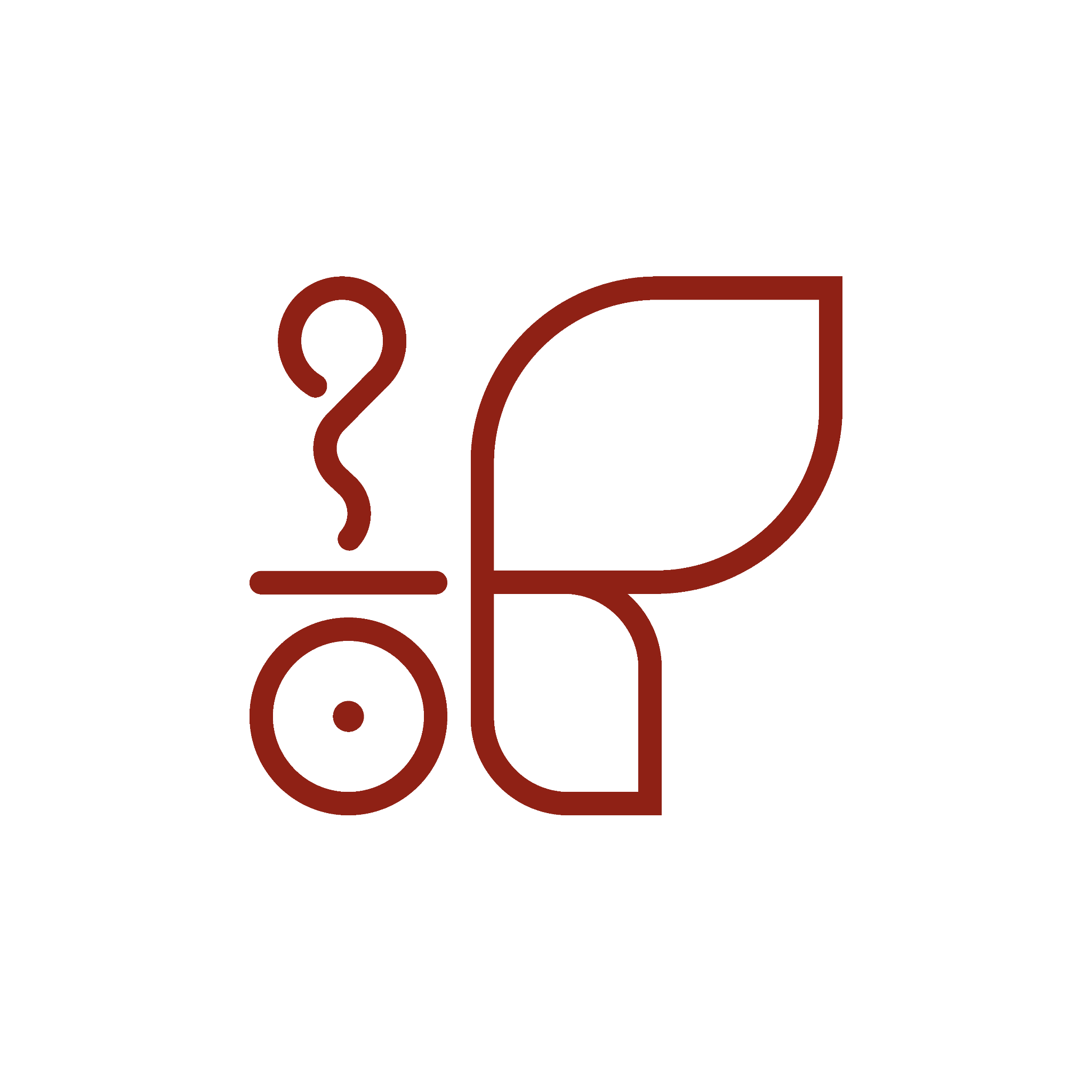Beam Benders
An optics room for Laser and optical element experiment

🔬 Laser Parallel Beam Demonstration Setup
The Source
Instead of one laser, the setup uses a laser ray box (sometimes called a laser optics kit).
It contains a laser diode and a set of slits or beam-splitting optics that produce several parallel beams (usually 3–5 thin red beams).
These beams travel side by side like a fan of parallel rays.
What It Demonstrates
Refraction with Lenses
Place a convex lens: the parallel beams converge to a focal point.
Place a concave lens: the parallel beams diverge outward.
Students can see the geometry of how lenses bend light.
Prisms
A triangular prism bends all the beams together, showing refraction clearly.
With multiple beams, it’s easier to visualize angles and how the medium affects light.
Mirrors
A flat mirror reflects the entire bundle, showing angle of incidence = reflection.
A concave mirror can focus the beams, while a convex mirror spreads them.
Total Internal Reflection (TIR)
With a semicircular acrylic block, you can send the beam bundle inside and show how, beyond a critical angle, all rays reflect back — a great way to visualize fiber optic principles.
Parallel Beam Geometry
Students can literally see ray diagrams come to life — what’s usually drawn in textbooks becomes a glowing pattern of red lines.
Why It’s Powerful
Multiple parallel laser beams make invisible geometry visible.
It demonstrates principles of optics, geometry, and wave behavior in a dramatic and intuitive way.
Safer and clearer than a single laser pointer, because beams are spread out and less intense.
✨ In short: A parallel laser beam demonstration uses a laser ray box to project several thin, parallel beams. When passed through lenses, prisms, or mirrors, the beams bend, focus, and spread — turning textbook ray diagrams into a live, glowing experiment.

